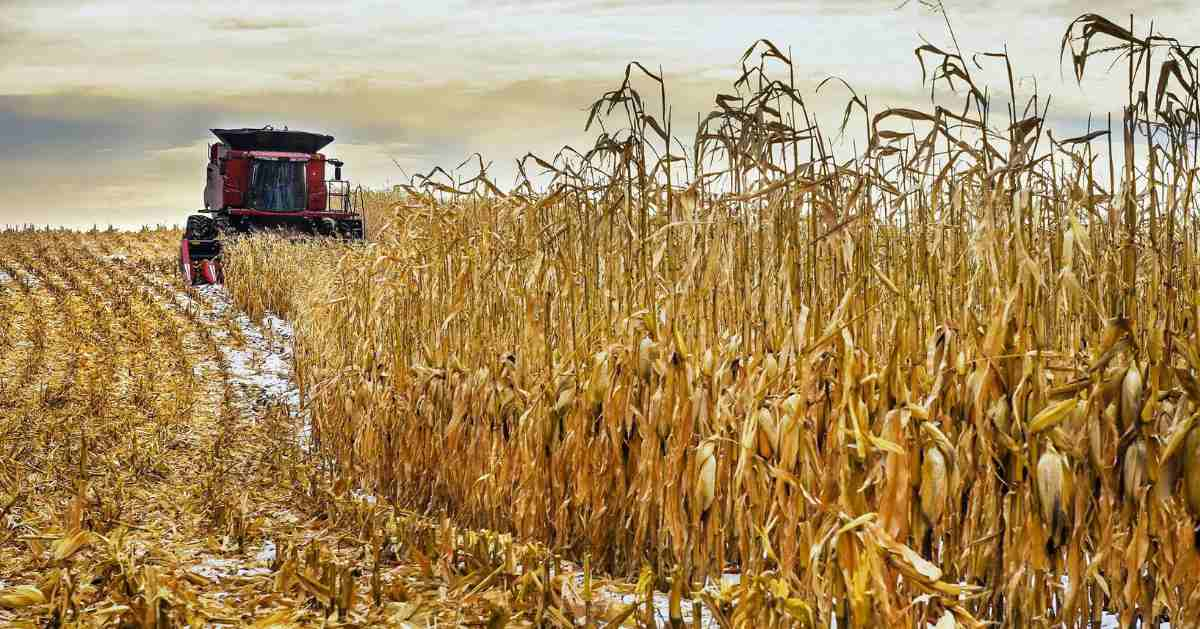Learn some of the things that affect corn yield

When the harvest season approaches, many farmers usually get excited about their corn yields. After all, a dry summer and wet spring, and the less optimum growing season that you can sometimes experience can mean that the corn yields can be affected significantly. Keep in mind that estimating corn yields using an easy corn calculator is always a simple thing to do. The numbers also tend to get more accurate when the corn approaches maturity as well as if the sampled parts of your field tend to represent the variation of the cornfield.
Unfortunately, the crop management systems and environmental conditions can usually cause losses in corn yield. While most farmers use machinery technology and agronomy to mitigate damage that the environment can cause, it’s important to know some of these crucial factors that can affect your corn yield. In this article, you will learn some of the things that can affect corn yield.
Weather
Unfortunately, weather happens to be one of the factors that can affect your corn yield. Worse still, there is usually little that you can do to control the weather. Regardless of whether this weather is in the form of temperature or rainfall, it can be a huge determinant of when the corn needs to be planted. Also, the weather tends to affect the corn yield.
Even if you can optimize most of the other yield factors, there is good evidence indicating that minor variations in corn yield are usually due to weather. It’s worth noting that weather can react a lot with other corn yield determinants, so many farmers know that can overcome their good management plans.
Nitrogen fertilization
Weather can affect nitrogen fertilization, which is one of the determinants of corn yield. The chances of applying nitrogen, its availability or even susceptibility to losses, and its effect on corn yield can significantly be affected by the weather.
Because nitrogen fertilizer can increase corn yield by a couple of bushels and many of the other corn yield determinants may also affect the use or availability of nitrogen, the research world now focuses on the right nitrogen fertilizer management.
Hybrid selection
Remember that nitrogen use can also strongly interact with the other corn yield determinant known as hybrid selection. There is a lot of interest when it comes to optimizing the efficiency of nitrogen use, especially with biotechnology or genetics.
Hybrid selection is considered to be the critical factor that each farmer needs to make. Many people fail to realize that there can be a huge difference in corn yield potential for most commercial hybrids. A wide range of commercial hybrids that you can grow under specific conditions after optimizing some of the corn yield determinants can help you produce at least a 50-bushel range of corn yield.
No doubt, there are good chances that hybrid selection will continue to be crucial in the future. This is especially true when biotechnology gives stress and some input traits, such as improved nitrogen use and drought tolerance.
Previous crop
Another corn yield determinant worth considering is the previous crop. This determinant is now becoming a key talking point because there is a steady increase in corn acreage. This is happening despite some of the penalties associated with the higher input costs like nitrogen.
Keep in mind that the previous crop can interact with some of the other corn yield determinants. If there is enough nitrogen in a good corn growing year, you can decrease the continuous-corn yield penalty. Understandably, you can find some hybrids that can do a lot better than others with continuous corn, though it’s rare. The truth is that the best hybrid on your rotated land can be the ideal one to get continuous-corn ground.
Crop population
Many farmers out there know that the plant population has been increasing steadily over the past years. But few people may not know that there are some modern hybrids that may flex the ear components like weight and kernel number to make a difference in the plant stand.
As a result, there can sometimes be similar corn yields when it comes to 28,000 to 40,000 corn plants per acre, but there can be a significant difference when it comes to the size of each kernel. Therefore, many of the 20-bushel corn yield benefits you can see from this plant population can come from after you correct stands that are quite low.
You should also note that the corn plant population can interact a lot with the weather. You see, high corn plant populations are especially more susceptible to weather conditions that are unfavorable. However, there is little evidence indicating that there is any interaction between nitrogen and plant population. In other words, you don’t need to apply more nitrogen fertilizer for higher plant populations.
Tillage
Tillage is another corn yield determinant, and it can come in differing times of varying degrees. Remember that the timing and degree aspects can interact a lot with the other corn yield determinants. You can find some advantages and disadvantages of a specific tillage system or even time, though this largely depends on the weather. Also, tillage can interact with the availability of weather and hybrid.
The timing and degree of tillage usually make a huge difference when it comes to the previous crop. This is because some of the corn yield penalties related to continuous corn come from residue. Likewise, the tillage system may have a significant effect on the corn plant population. In general, there can be a 15-bushel range of corn yield because of the different tillage systems.
Chemical
Lastly, another corn yield determinant is the chemicals. With the chemicals, it can include plant growth regulators as well as compounds that give growth-regulator-like effects to cause positive changes in yield or growth determination.
This category can include late-season leaf greening that happens from some foliar fungicides as well as new technologies that usually make the corn plant become less sensitive to some environmental stresses. In most cases, the average can be a positive 10 bushels. However, the success of these chemicals can depend a lot on the other corn yield determinants, especially hybrid and weather.






